I’ve been interested in Dadaism and it’s aesthetic because of how edgy, purposeful, and funny it is. I first learned about Dadaism when I was exploring surrealism and post-modernism, and what other art movements would come up next in my time and in the future. Dadaism was not made to be pleasing or beautiful, which to me is a very bold and courageous move outside of my comfort zone.
From one of the books I’ve read, 101 Things to learn in Art School by Kit White, she writes that “24: All Art is Political”. To me, the Dadaism movement really exemplifies this as all the choices in the mediums and subjects all return to the fact that art created during the time was a reflection of the negative reactions to the First World War in the 1910s. Often times, we hear that Dadaism is about being anti-war. But the one below might be difficult to understand it as such:

The one work that I feel is very iconic of the Dadaism movement is Fountain by Marcel Duchamp, 1917. I think the fantastic thing about this was that he forced people into questioning what art meant. Using a readymade object of a urinal and presenting it in a gallery is very controversial and risky of him especially at a more conservative time, and there were more rigid rules about who and what could qualify as art.
“How is this a piece about anti-war?” One might ask. Me too, until I started learning that Dadaism was also about mocking the materialistic and nationalistic attitudes of people during the war years. To be honest, I would be pretty annoyed too if everything I saw was propaganda and support for the government who was responsible of screwing the people over in the first place. This artwork represented the amount of spite I’d have on the “pretentiousness” of people who felt that they were of higher class just because they could “get” abstract art (how bourgeois of you to be able to understand a urinal sitting on a pedestal, care to tell me more about it?). What I understood from “Fountain” was that Dadaism is a form of dark comedy and should be enjoyed as such.
I guess you could say he was just taking a piss *ba dum tsssss*



 All pictures by @TJCruda
All pictures by @TJCruda
If I could point to one contemporary example of Dadaism, it would be that kid who put his glasses on the floor at the MoMA and people looking at it as if it was an artwork. This form of “Neo-Dadaism” really magnifies the lengths people would go to put a line between art and life, but in reality, the boundary is very thin. I feel like the same audience wouldn’t have acted as such if those glasses were next to a trash bin right outside the MoMA though. I wouldn’t go so far as to calling that kid a Dadaist, but he definitely did act like one in the moment.
Regarding the video, I did not understand anything. However, I feel that even if you could speak the language, you still would not be able to understand it because of how “loony” it is. There actually is a level of coordination and choreography, so to an extent, it is not that random. However, after having read an explanation of the video, I found it interesting that….I still could not understand. To me, I think this is the cause of me having never experienced the horrors of war myself. I feel like I can understand the sentiment, and it would have made a huge difference if I was a woman living in 1927 and watching this performance.
What I did understand, however, is that the performance was a huge success, and the halls were so overcrowded that many could not find a seat to watch it at all. It was something that people of the time really identified with and really enjoyed, which further goes in line with blurring the lines of the art and life. It was a type of “art for the people”.
When I first started the video, I think the one thing that kind of stood out was that most of the names being said belonged to men. Why were there so many men? Was it because men were the ones who suffered the most in times of war because of facing their enemies head to head in the time of battle? While that may not have been the main point of the video, I felt that it was an interesting observation as to why many Dada practitioners were men.
Sources:
https://www.theartstory.org/movement-dada-artworks.htm#pnt_4
http://www.cabaretvoltaire.ch/en/history.html
Guy Puts His Glasses on the Museum Floor and People Thought It Was Art
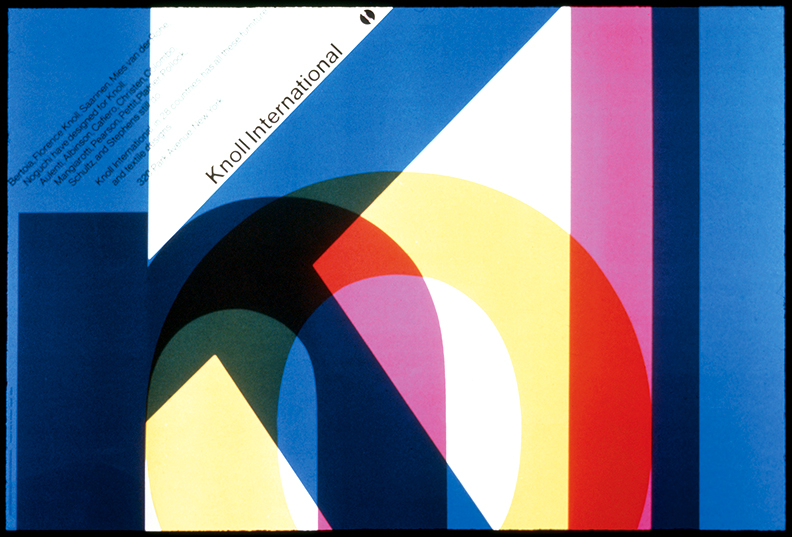

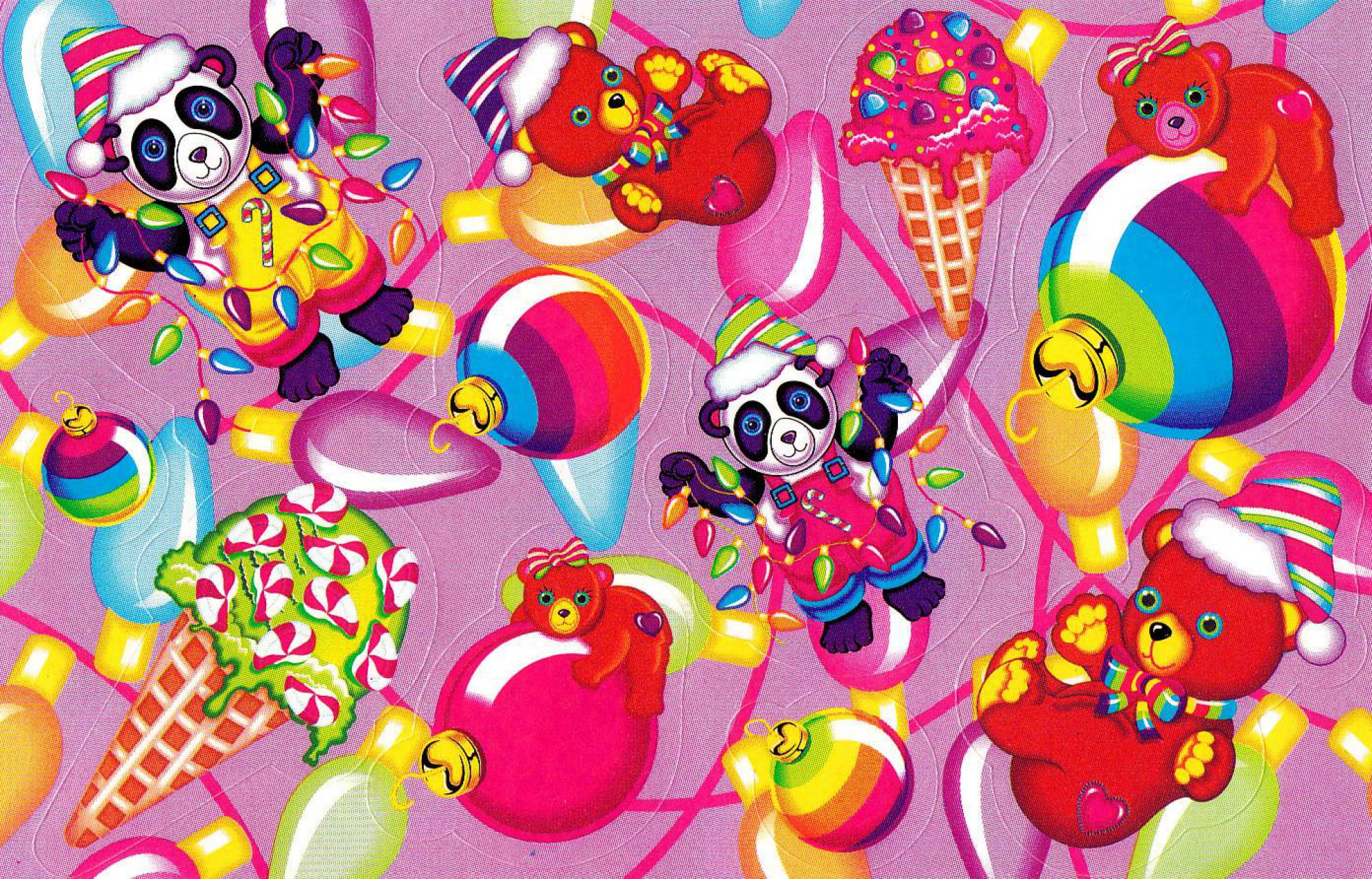




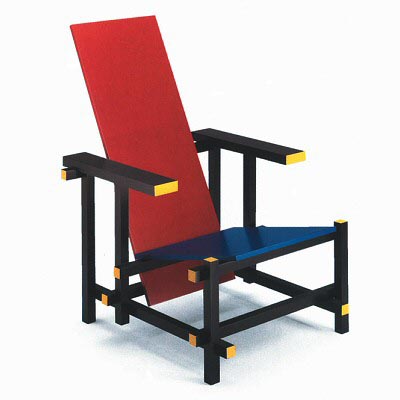

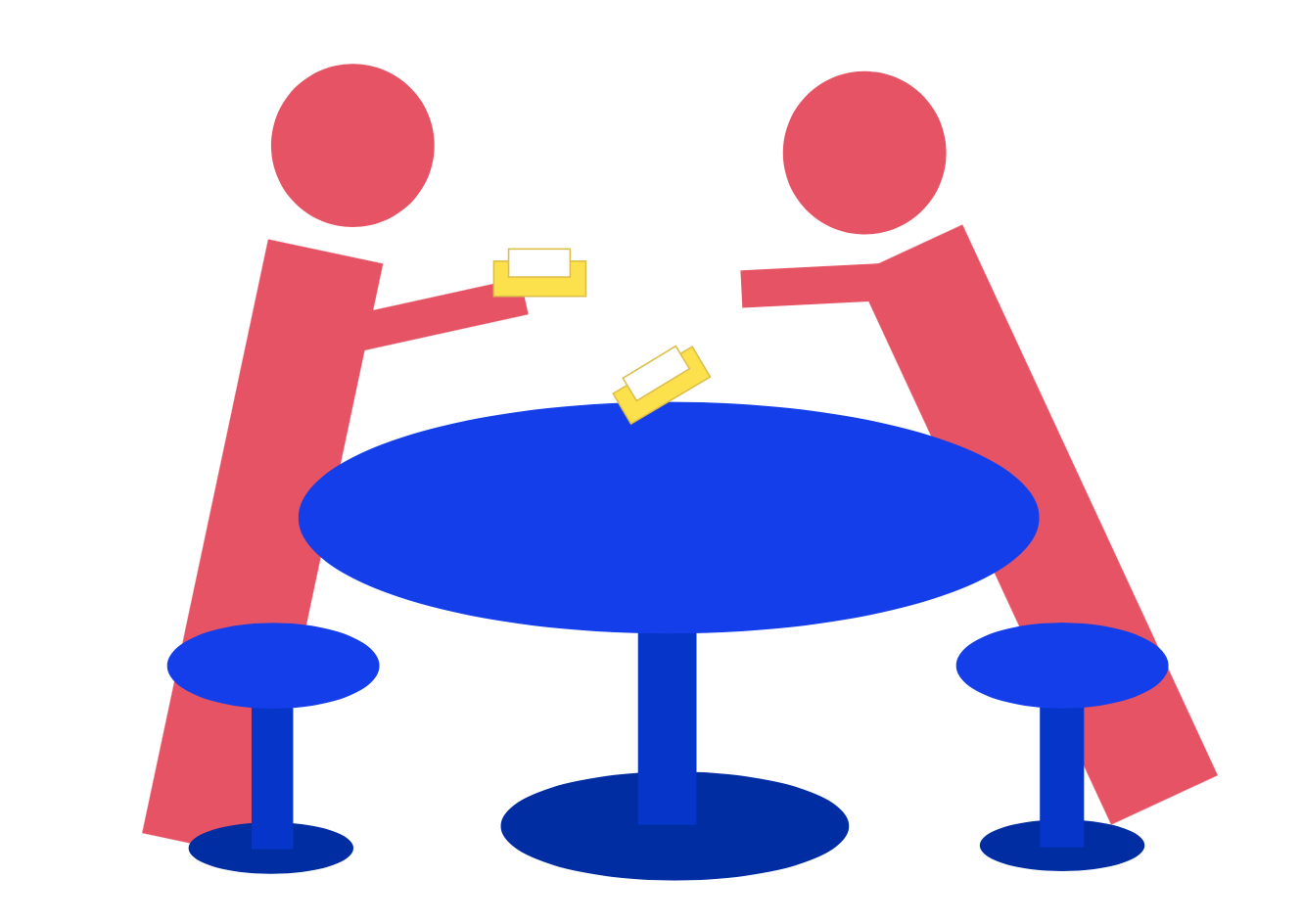






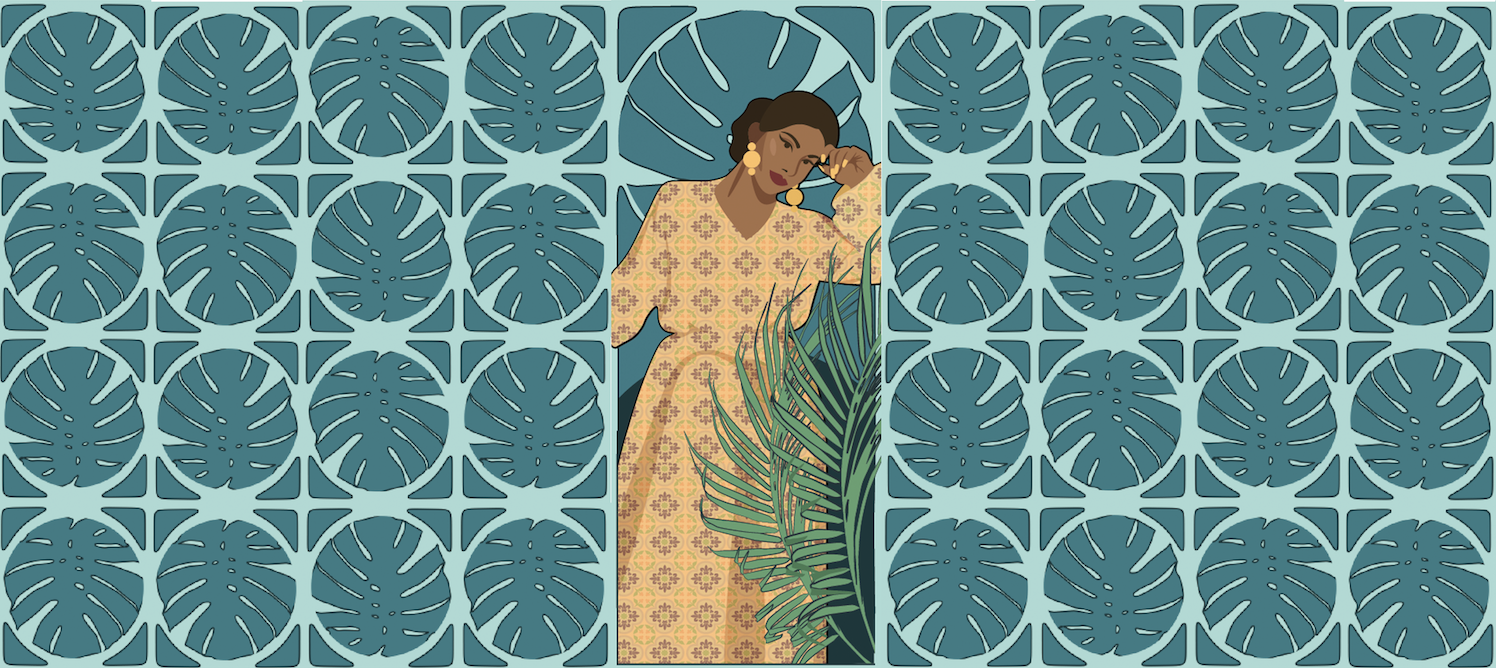
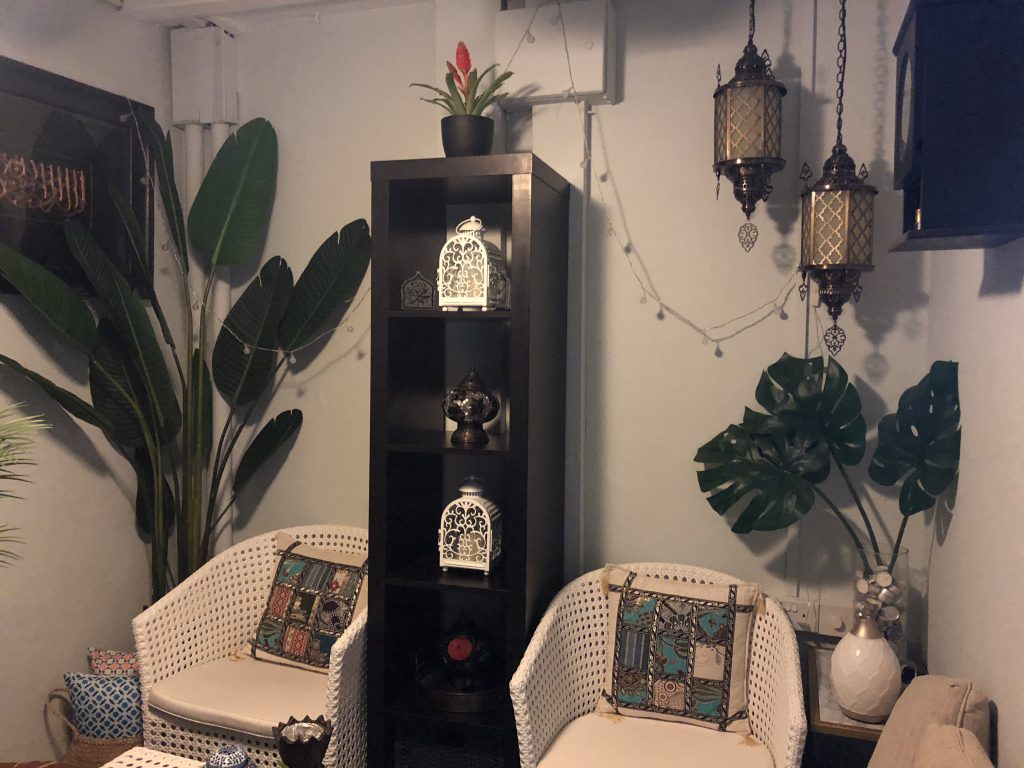
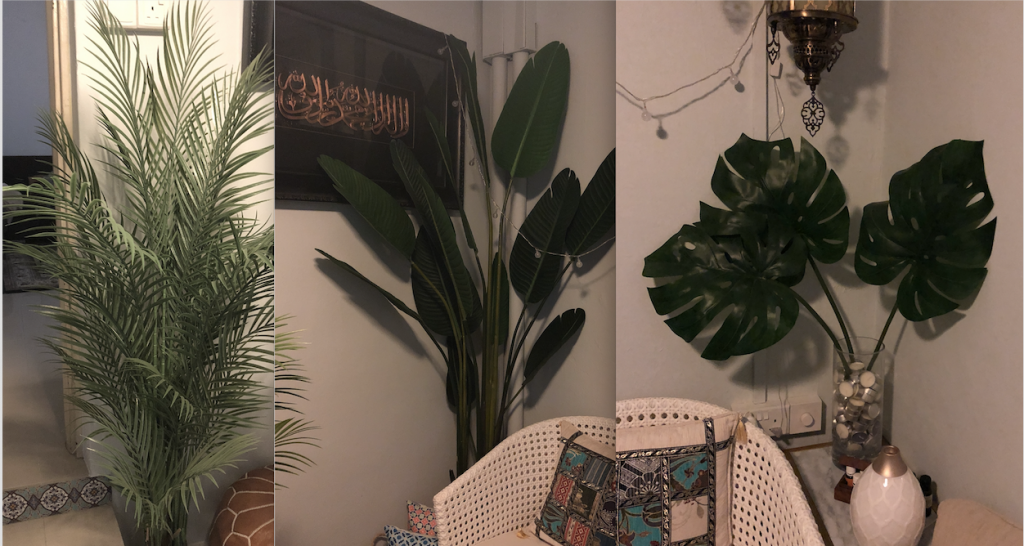
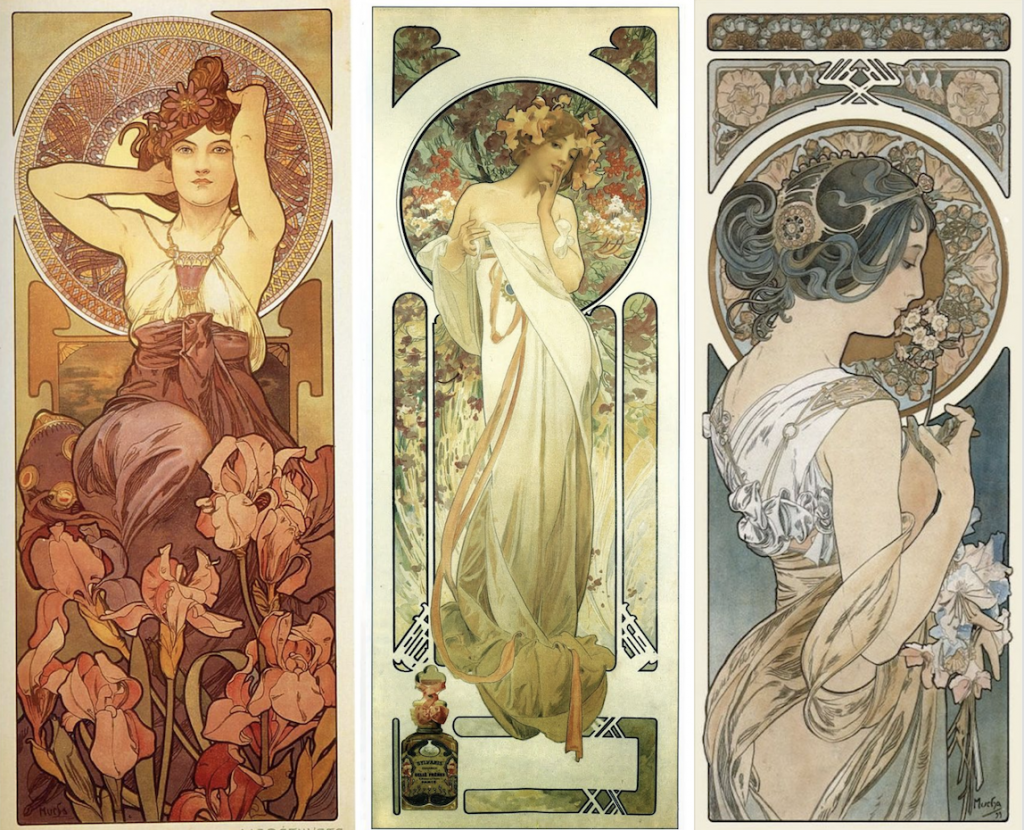
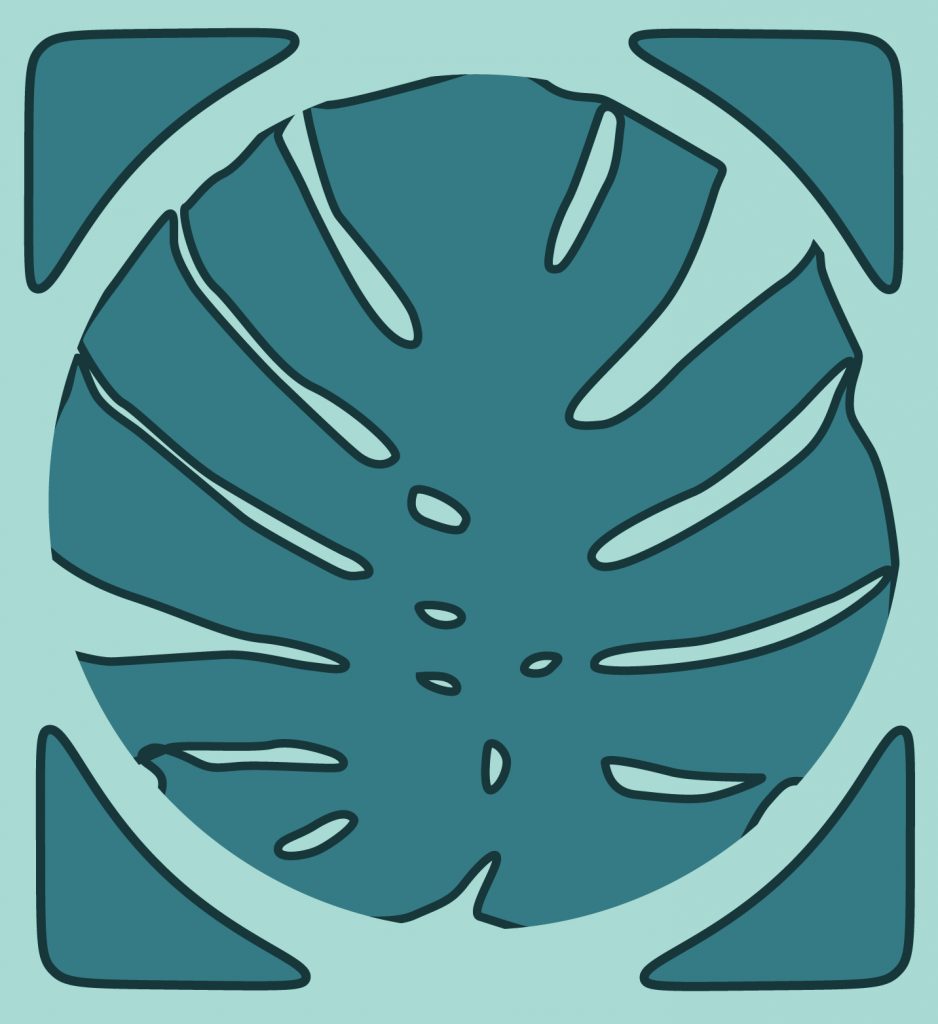
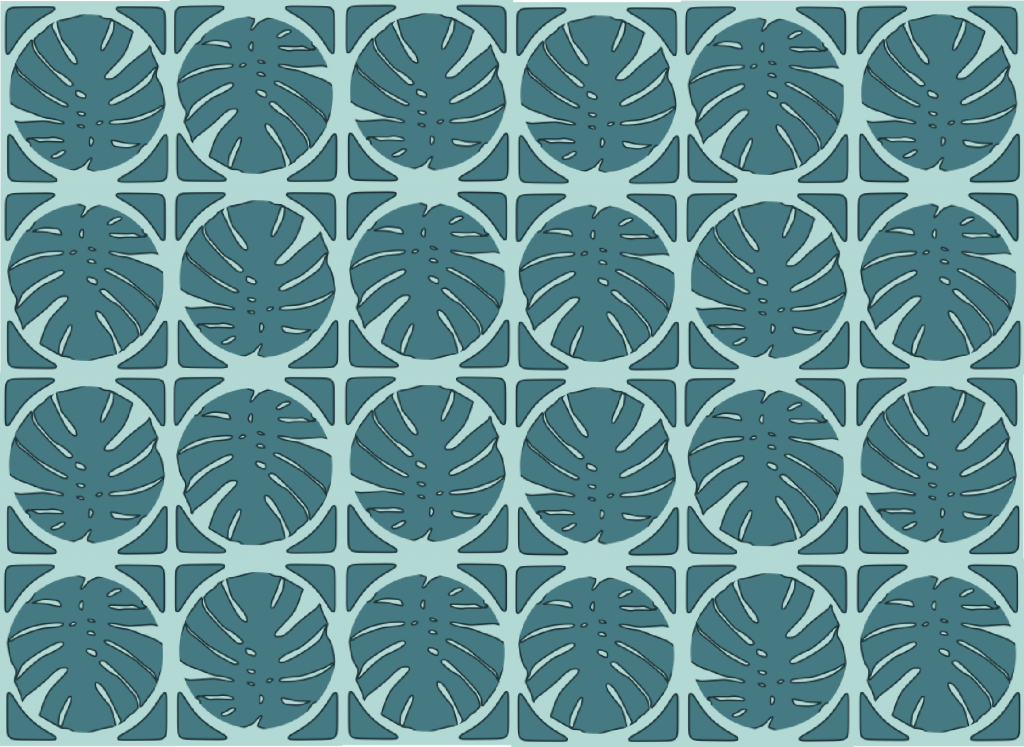

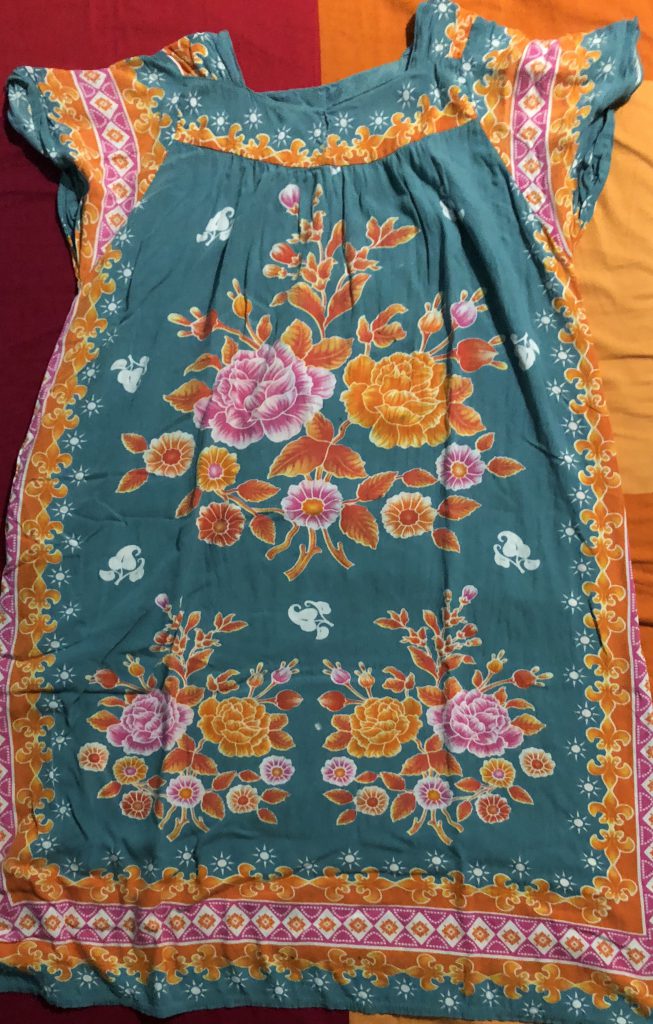

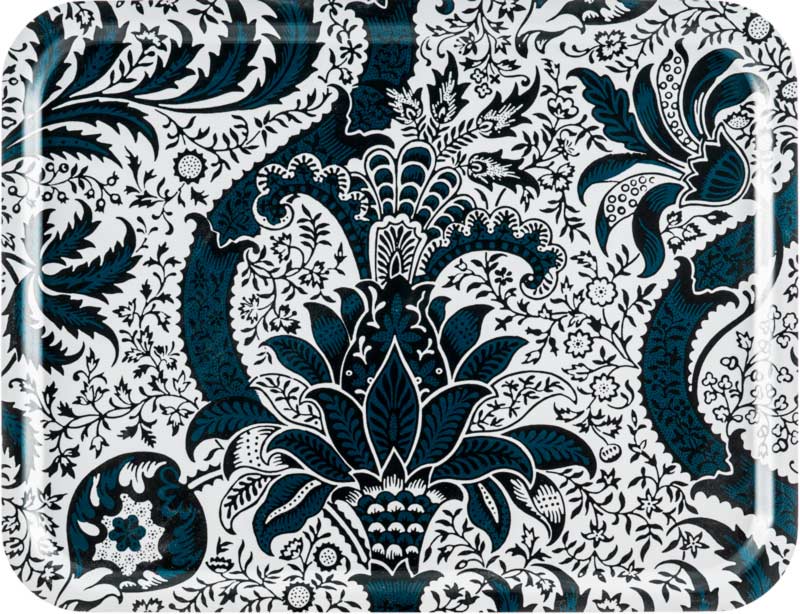






 All pictures by
All pictures by 
